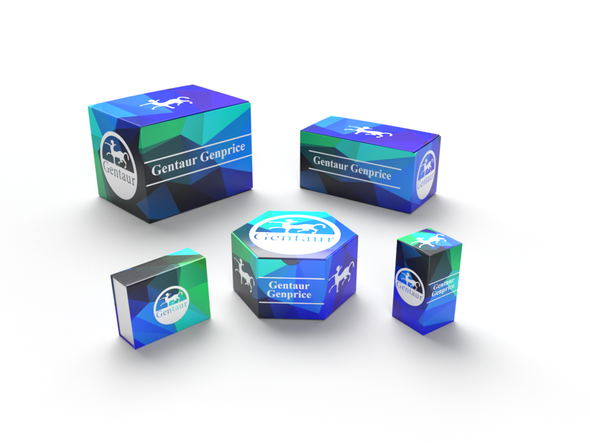Description
MAK10 Antibody | 5273 | Gentaur UK, US & Europe Distribution
Host: Rabbit
Reactivity: Human, Mouse, Rat
Homology: Predicted species reactivity based on immunogen sequence: Chicken: (100%)
Immunogen: MAK10 antibody was raised against a 14 amino acid synthetic peptide near the center of human MAK10.
The immunogen is located within amino acids 420 - 470 of MAK10.
Research Area: Stem Cell
Tested Application: E, WB, IHC-P
Application: MAK10 antibody can be used for detection of MAK10 by Western blot at 1 - 2 μg/mL. Antibody can also be used for immunohistochemistry starting at 5 μg/mL.
Antibody validated: Western Blot in mouse samples and Immunohistochemistry in human samples. All other applications and species not yet tested.
Specificiy: N/A
Positive Control 1: Cat. No. 1401 - Mouse Heart Tissue Lysate
Positive Control 2: Cat. No. 10-501 - Human Heart Tissue Slide
Positive Control 3: N/A
Positive Control 4: N/A
Positive Control 5: N/A
Positive Control 6: N/A
Molecular Weight: N/A
Validation: N/A
Isoform: N/A
Purification: MAK10 Antibody is affinity chromatography purified via peptide column.
Clonality: Polyclonal
Clone: N/A
Isotype: IgG
Conjugate: Unconjugated
Physical State: Liquid
Buffer: MAK10 Antibody is supplied in PBS containing 0.02% sodium azide.
Concentration: 1 mg/mL
Storage Condition: MAK10 antibody can be stored at 4˚C for three months and -20˚C, stable for up to one year. As with all antibodies care should be taken to avoid repeated freeze thaw cycles. Antibodies should not be exposed to prolonged high temperatures.
Alternate Name: MAK10 Antibody: EGAP, MAK10, MAK10P, bA379P1.1, EGAP, N-alpha-acetyltransferase 35, NatC auxiliary subunit, Embryonic growth-associated protein homolog
User Note: Optimal dilutions for each application to be determined by the researcher.
BACKGROUND: MAK10 Antibody: The MAK10 gene encodes a 733-amino acid protein with several regions of similarity to T cell receptor alpha-subunit V (variable) regions in yeast. The mammalian homologue of yeast MAK10, also known as EGAP, is one subunit of a novel N-terminal acetyltransferase (NAT) that is highly conserved among vertebrate species. It is expressed in a variety of tissues in the developing rat embryo but restricted in expression in the adult, remaining detectable only in tissues undergoing continual cell renewal or in cells responding to pathological injury. The MAK10-NAT complex is an essential regulatory enzyme controlling the function of a subset of proteins required for embryonic growth control and vessel development. This complex functionally co-assembles in mammalian cells to regulate cell proliferation and is essential for embryonic development, at least in part through the regulation of target of rapamycin (TOR) signaling events. At least two isoforms of MAK10 are known to exist.






